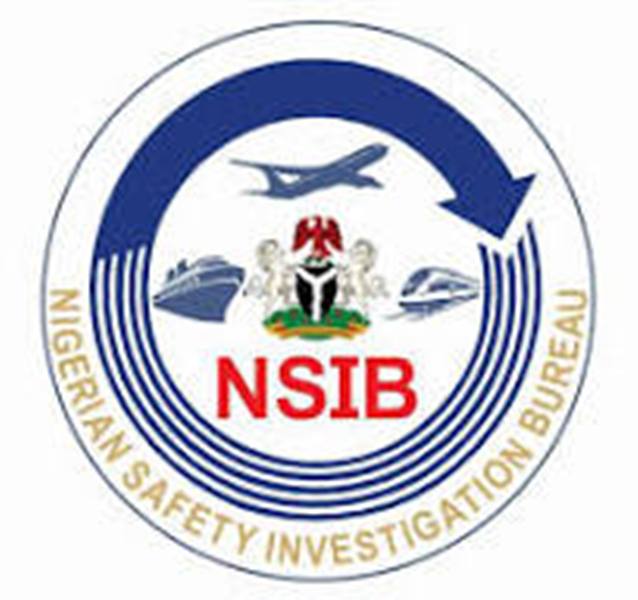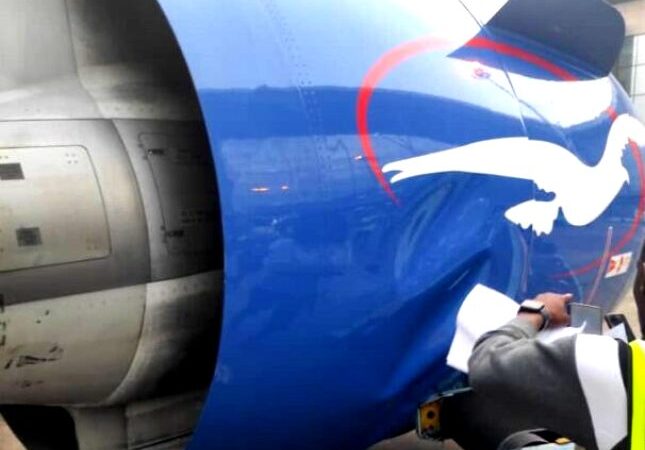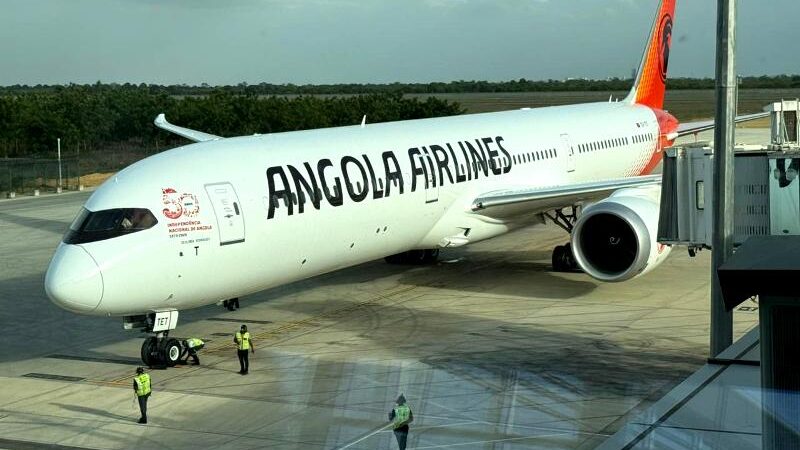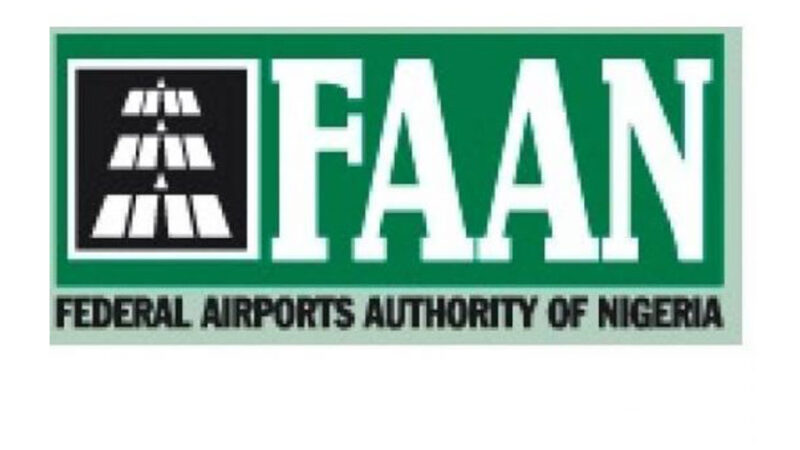NSIB Tasks FAAN, NAMA, NCAA On Kaduna Airport

The Nigerian Safety Investigation Bureau (NSIB) today, released four investigation reports containing 20 safety recommendations, which includes various tasks for Nigeria Civil Aviation Authority (NCAA), Federal Airports Authority of Nigeria (FAAN), Nigeria Airspace Management Agency (NAMA) and other organizations involved in accidents and incidents. Two of the reports, including that of Air Peace were for 2021 incidents while two others happened in 2024.
In its safety recommendations under the final report on serious incident involving Embraer EMB-145LR registered 5N-BVD operated by Air Peace Limited which occurred at Kaduna Airport, Kaduna on 14 January, 2021, NSIB said: “Nigeria Civil Aviation Authority should enhance its oversight of Kaduna airport to ensure operations are conducted in compliance with the relevant provisions of the Nigeria Civil Aviation Regulations, including compliance with Part 12.6.16.10 regarding regular testing of response time to evaluate effectiveness of the Fire-fighting service of the airport.”
It says “Nigerian Airspace Management Agency (NAMA) should ensure a functional Air Traffic Control Tower that provides an unobstructed view of both ends of the Runway 05/23 is provided at Kaduna airport.”
“Federal Airports Authority of Nigeria (FAAN) should ensure that Kaduna airport has an approved Airport Emergency Plan and carries out testing of the Emergency Plan as required by Part 12.6.15 of the Nigeria Civil Aviation Regulations.”
Also, “Federal Airport Authority of Nigeria should ensure that its staff adhere strictly to the Provisions of Civil Aviation (Investigation of Air Accidents and Incidents) Regulations, 2019 Part 3 (General) Regulation 19 (Protection of evidence, custody, and removal of damaged aircraft) which is now section 3.5 of the Civil Aviation (Investigation of Air Accidents and Incidents) Regulations, 2023.”
NSIB equally wants Air Peace Limited to “ensure that its personnel adhere to the company’s approved instruction, guidelines and procedures, including the requirements of Operations Manual Part A Chapter 8.1.11.2.5 with regards to handling defects/damage to aircraft making appropriate entries of technical faults encountered in flights in the aircraft Technical Logbook and inspected by authorized personnel.”
“Air Peace Limited should ensure that flight crew adhere to requirements of Operations Manual Part A Chapter 8.1.11.2.5 (c) requiring coordination between the flight crew and the Air Peace Ltd Operations Control Centre in the decision-making process to resolve any malfunctions or damage encountered at an airport where authorized Air Peace Limited maintenance personnel is not available,” adds the report, stating that “Air Peace Limited should improve its internal oversight over its aircraft maintenance activities to ensure procedures are appropriately followed to promptly identify and remedy trends of deviation from the established standards, including the identification and rectification of excessive hydraulic fluid depletion.
Nigeria Civil Aviation Authority should ensure that Air Peace Limited and other operators adhere to the provisions of Nig. CARs 7.8.1.3(b), 8.14.10.3 (a) and 8.5.1.24 (b) and (c) and other Instructions issued by the Authority relating to preservation of the contents of Cockpit Voice Recorders following incidences of reportable occurrences, including full compliance with the Authority’s ALL OPERATORS LETTER (FSG 003).”
According to the report, “On 14 January, 2021, an Embraer EMB-145LR aircraft with nationality and registration marks 5N-BVD, operated by Air Peace Limited, was a scheduled passenger flight (four sectors); Lagos- Owerri-Lagos and Lagos-Kaduna-Lagos, with the same flight crew. At 10:27 h, 5N-BVD departed Murtala Muhammed International Airport Lagos (DNMM) for Kaduna airport (DNKA) for the third sector of the day as flight APK7376 on an Instrument Flight Rules (IFR) Flight Plan with 53 persons on board (49 passengers and four crew) and fuel endurance of three hours. The First Officer was the Pilot Flying (PF), while the Captain was the Pilot Monitoring (PM).
During Climb Out of Lagos, on the third Sector, an Advisory Light HYD1 LO QTY on the Engine Indicating and Crew Alert System (EICAS) came ON and the Quick Reference Handbook (QRH) Section 10-7 (HYDRAULIC SYSTEM LOW QUANTITY) was accomplished. The hydraulic fluid level indication was monitored until landing in Kaduna. While preparing for the fourth Sector, in Kaduna, the Electric Motor Driven Pump (EMDP) was used to power the Hydraulic System. During Taxi, the Lead Cabin Crew informed the flight crew that there was an unusual sound from the over-wing to the aft of the aircraft. The flight crew concluded that the sound emanated from the EMDP and continued with pre-flight activities. The aircraft lined up for take-off and as it accelerated towards 119 kt, the take-off was aborted, thus initiating a sequence of events that eventually led to the failure of Number 1 and Number 2 Wheel Assemblies and additional damage to the aircraft. The incident occurred at 12:09:20 h, daytime in Visual Meteorological Conditions (VMC).”
Causal factor is the operation of “the aircraft with an unserviceable hydraulic system leading to a high speed rejected take-off” while contributory factors include leakage of Hydraulic System 1 due to a loose coupling on the hydraulic line servicing the Brake Control Valve, non-adherence to Air Peace Limited guidelines on diagnosis and reporting of faults and the non-detection of a hydraulic leakage and non-indication of HYDRAULIC SYSTEM FAIL message on the Engine Indicating and Crew Alerting System (EICAS) reinforced the flight crew decision (confirmation bias) to continue with the flight.






